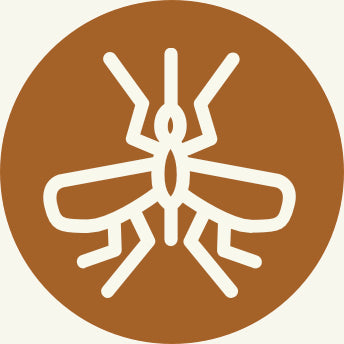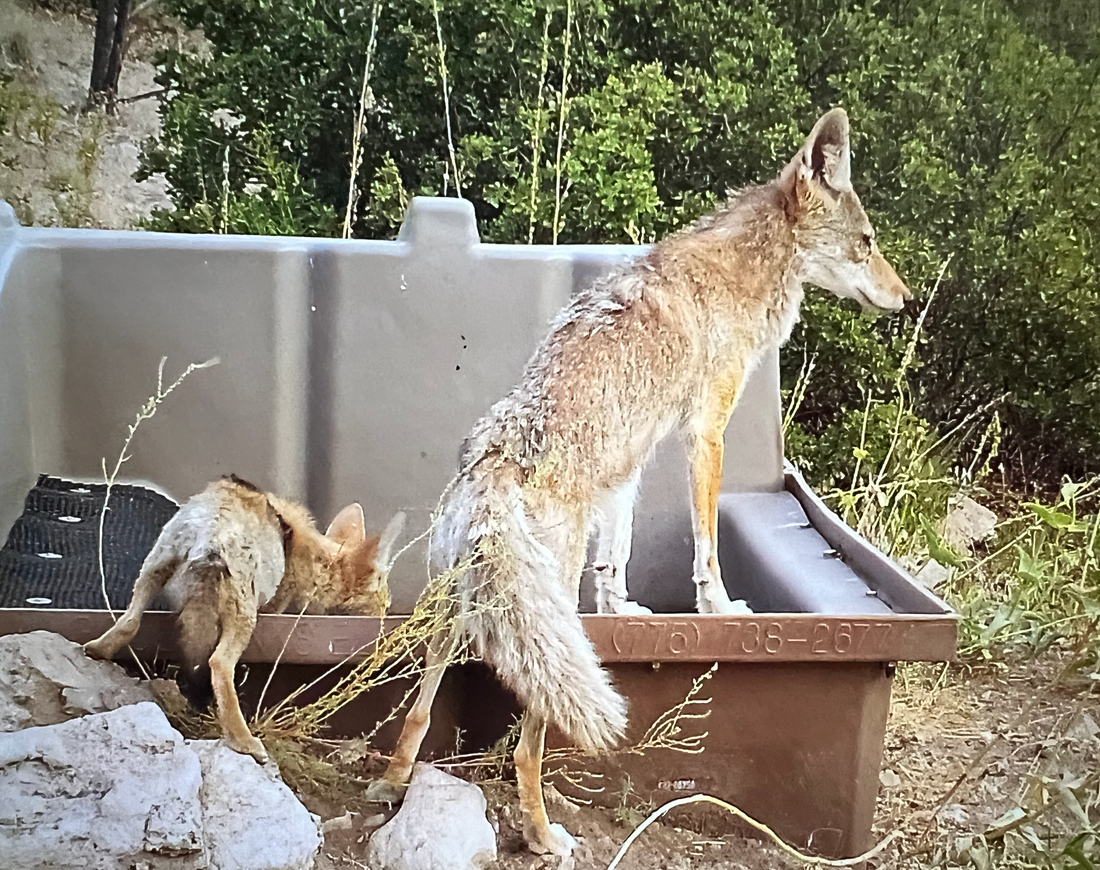Tularemia, also known as rabbit fever, is a rare but serious infectious disease that can affect both humans and animals. It is caused by the bacterium Francisella tularensis, which is typically found in animals like rabbits, hares, and rodents. But what exactly is tularemia and how can it impact other wildlife?
What is Tularemia?
Tularemia is a zoonotic disease, meaning it can be transmitted from animals to humans. The bacterium Francisella tularensis can be found in the tissues of infected animals, and humans can contract the disease through various means, such as tick bites, handling infected animals, or inhaling contaminated dust or aerosols.
How Does Tularemia Affect Wildlife?
Wildlife, particularly small mammals like rabbits and rodents, are the primary reservoirs for the bacterium that causes tularemia. These animals can become infected with Francisella tularensis through bites from infected ticks or other vectors. Once infected, they can spread the disease to other wildlife species through direct contact or through contaminated water sources.
As a result, tularemia can have a significant impact on wildlife populations. Outbreaks of the disease in certain animal populations can lead to declines in numbers, affecting the overall ecosystem. Predators that rely on these infected animals as a food source may also be at risk of contracting the disease, further disrupting the balance of the ecosystem.
Preventing the Spread of Tularemia
Preventing the spread of tularemia among wildlife and to humans is crucial for maintaining ecosystem health and preventing outbreaks of the disease. This can be achieved through various measures, such as controlling tick populations, avoiding contact with sick or dead animals, and practicing good hygiene when handling potentially contaminated materials.
By understanding the impact of tularemia on wildlife and taking steps to prevent its spread, we can help protect both animal populations and human health. Awareness of the disease and its transmission pathways is key to mitigating the risks associated with tularemia and promoting a healthy ecosystem for all species.

